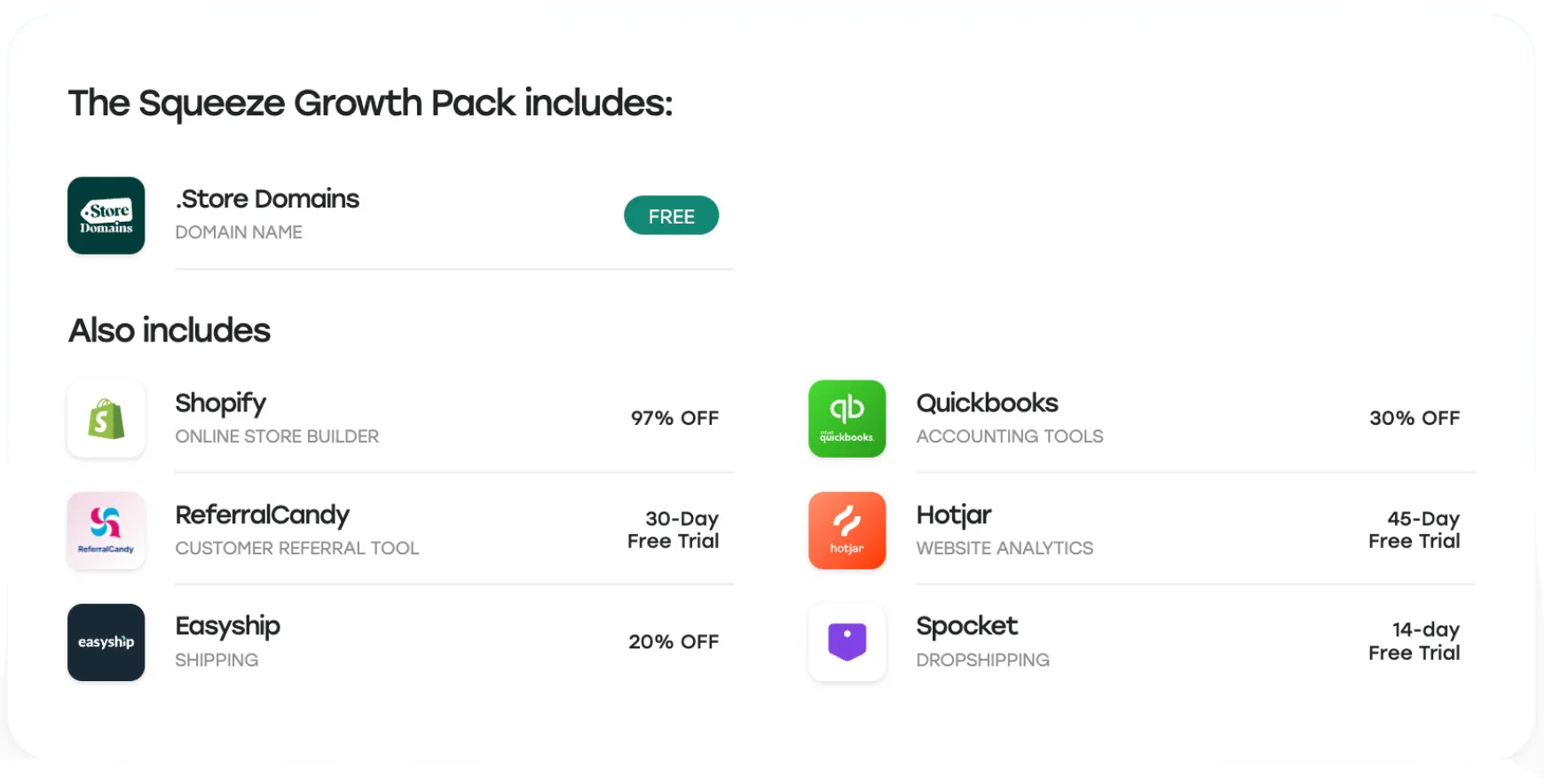
LEGO is everyone’s favorite toy brand.
Baby boomers, millennials, and Gen Z have played with LEGO’s classic brick sets as kids and still collect them to build things as a hobby.
The company is highly reputable, and many love it irrespective of their background, ethnicity, and age group.
For a toy brand, it’s a remarkable achievement.
The company has built such a strong presence in the global industry that people instantly recognize its products and say, “It’s a LEGO.”
Let’s explore LEGO and discover the marketing strategies it has used to establish a solid customer base.
About LEGO
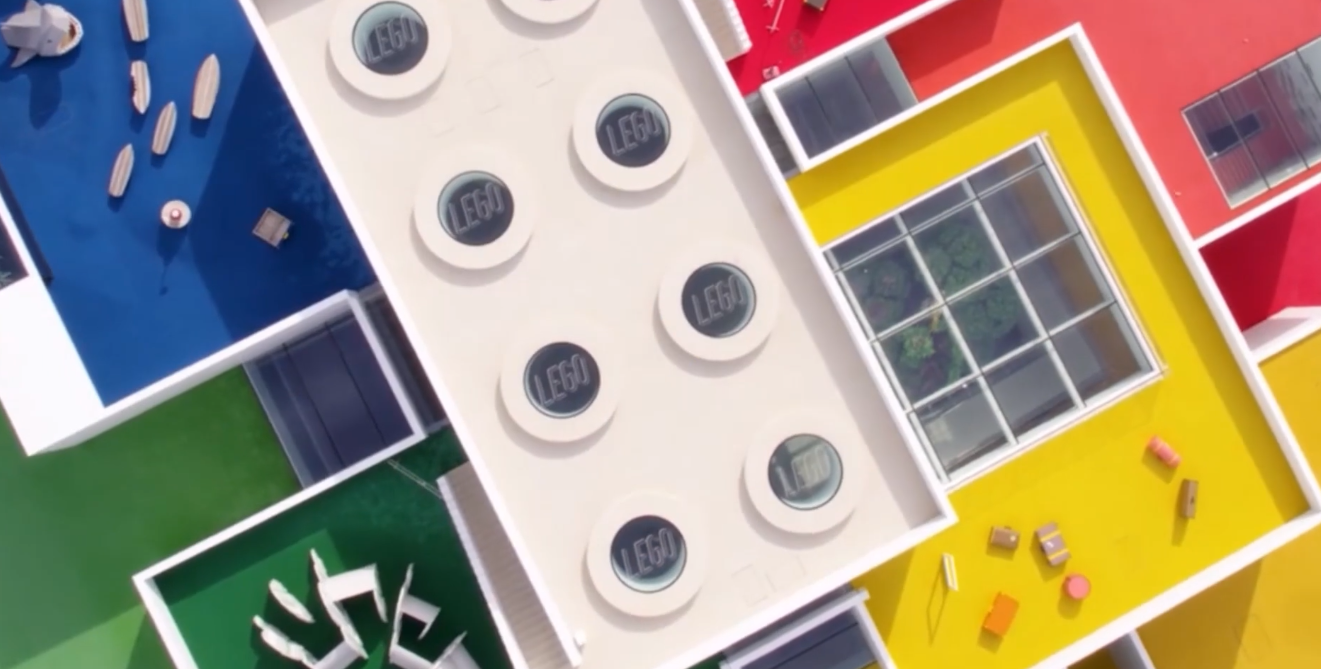
LEGO is a Denmark-based privately owned toy manufacturing company that makes plastic construction brick sets for kids and adults.
It was founded in 1932 by a Danish carpenter, Ole Kirk Christianse, and has since expanded its business worldwide.
The company’s product line includes building brick sets, figurines, games, and apparel. It produces 36 billion bricks annually and sells them in 130+ countries.
LEGO also dabbles in movies and collaborative products. In addition, it participates in various social and environmental programs and also owns several theme parks, playhouses, and discovery centers.
9 Best Marketing Strategies of LEGO
In this article, I have shared nine of LEGO’s marketing strategies with a few examples to give insight into some industry practices and good promotion techniques.
Check them out to understand the best way to build a strong brand.
1. Niche Product and Signature Designs
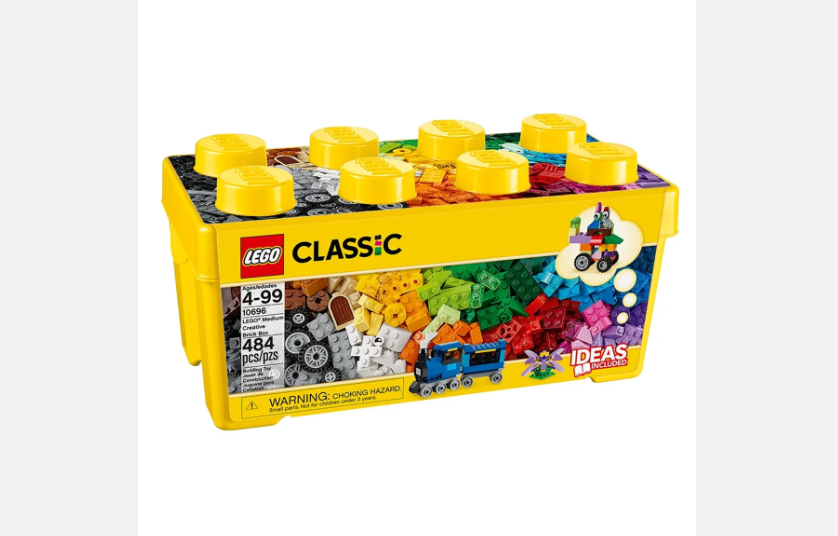
LEGO’s competitive advantage is its product niche. Its brick sets are not only distinctive but are also created for education and entertainment. It sets them apart from other toy brands, making them unique to customers.
LEGO also has a signature feature that’s visible in all its products.
If you look at its product range, you’ll find a diverse range of interesting items, from classic creative brick boxes to theme-based toys. While the product lines offer a lot of variety, all LEGO toys have one thing in common—interlocking pieces.
Super Mario sets, a Birdhouse toy and Art and Craft kits are some of the good study examples.
LEGO also has a slight edge over its competitors from the selling point of view.
Its brick design is patented, which provides the company exclusive rights to manufacture and sell them. That means the signature feature instantly connects LEGO’s physical and virtual products to the brand.
Takeaway
Finding a niche product can help you tailor your marketing strategies.
If you can build a signature product in addition, you will be able to increase brand visibility and reduce competition.
2. Diversification
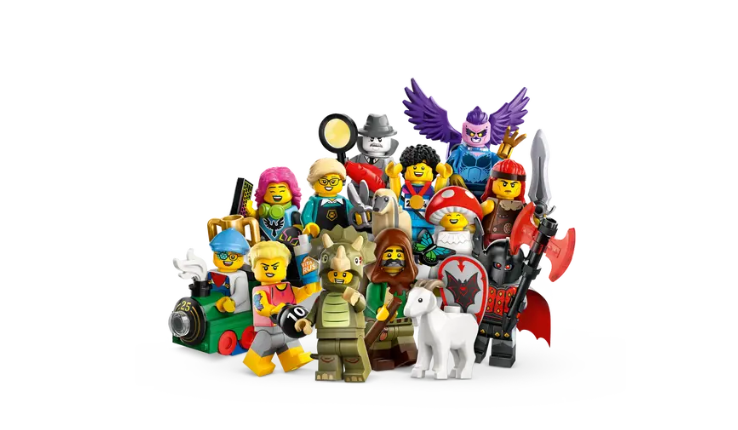
LEGO is traditionally a plastic brick toy maker, but its product line is extensive and designed to attract both children and adults.
The company has a range of plastic brick toys and video games for children, and a separate toy line for collectors and fans. It also offers brand merchandise such as lunch boxes, apparel, and accessories.
The product diversification helps LEGO increase its reach and gain more market share. By targeting a large group, LEGO also finds better selling opportunities and gets the flexibility to branch out.
Let’s look at its product history to see how it branched out successfully.
LEGO started with wooden toys for children. Ole Kirk Kristiansen later switched the production to plastic toys, selling bricks to kids between the ages of 7 and 13 years.
When its construction toys became popular in Europe in the mid-nineties, Kirk’s son Godtfred found an opportunity for expansion and introduced a DUPLO line for toddlers and young children.
LEGO used the same principle in the future product lines, adapting them to meet customer demands. A few of its best products are minifigures and sets for AFOLs (Adult fans of LEGO)
Takeaway
Understand your target audience to make bestselling products. You can tap into a large market by simply finding what people love and tailoring your product line.
LEGO used creativity and education elements in its product lines to draw parents’ attention and target various age groups.
Now, it generates around $9 billion in revenues from its diverse product lines.
3. Strong Branding

LEGO’s branding is powerful, relevant, and consistent. It knows how to connect its marketing strategies with its core values and how to create brand relevancy to influence buyer’s purchase decisions.
Let me break down the brand elements to explain the connection.
LEGO’s mission is to encourage building. It has used color schemes to reflect its brand values and has designed its products and campaigns to promote imagination, creativity, play, and education.
Think LEGO theme toys, education foundations, play centers, and communities.
The various toy sets boost cognitive thinking, while the foundation programs advocate imagination. Its community platforms foster creativity and entertainment, and the play centers promote fun and family connections.
Every initiative LEGO takes, whether it’s an advertisement, nurturing campaign, or indirect marketing, is interconnected and designed to create a positive perspective of the brand.
LEGO’s brand name itself aptly summarizes the company’s core values. It came from the Danish phrase, “leg godt”, which means play well.
Takeaway
Strong branding boosts the product value and builds the company’s reputation.
You can strengthen your brand by giving it a purpose and using a consistent theme in your campaigns and promotional activities.
Remember, 77% of people purchase products by looking at the brand name and many typically choose purpose-driven brands.
4. Community Marketing

Most of LEGO’s marketing and sales strategies focus on customer retention. The company conducts several nurturing activities to keep its existing customers happy and loyal to the brand.
One of those nurturing strategies is community marketing. It involves creating forums and gathering points where customers can interact with others and feel part of the community.
The LEGO Life app is an excellent example of community marketing. It’s a networking tool for children that lets kids post their creations and share them with other fans.
The app has been downloaded over 10 million times, and parents love its interactive features, giving LEGO more exposure and leads.
LEGO also runs a similar online community for adults. It features challenges and submissions, attracting millions of customers.
The most interesting part of LEGO community marketing is the revenue-generating opportunities it brings to the company. For example, there is a website called BrickLink, which allows people to buy and sell LEGO parts.
The site takes a percentage of sales, and the fans get the place to connect and trade.
Takeaway
Community marketing is a perfect amalgamation of advertising, engagement, and sales.
It gives you tools to connect with your target audience and promote the products and services passively.
5. Story Telling
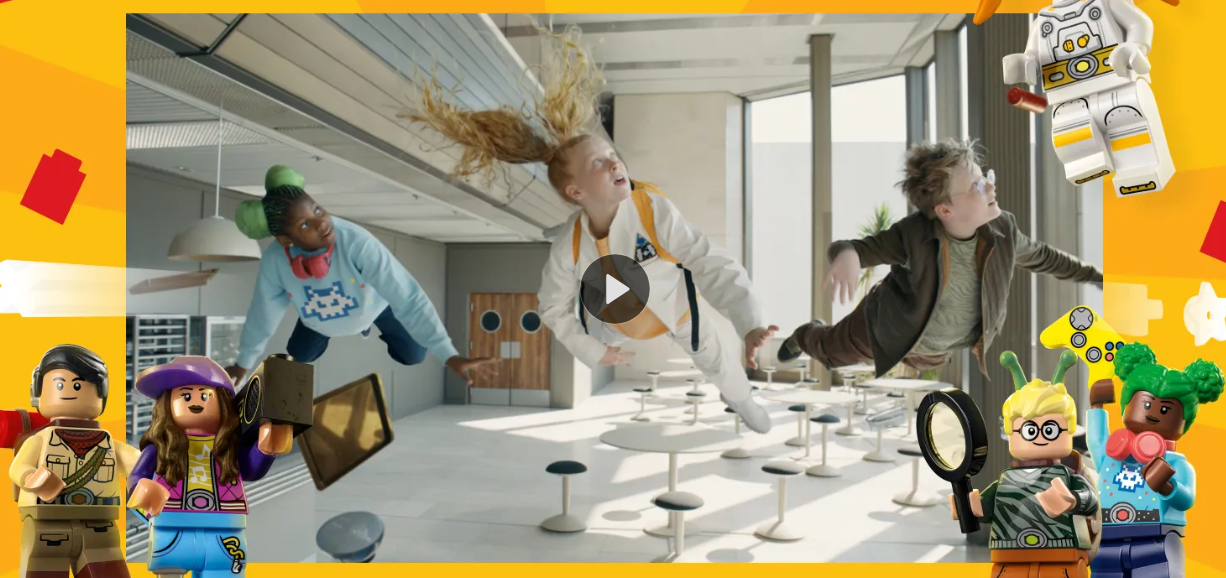
Storytelling is the heart of LEGO’s marketing strategy. It uses it generously in product design and promotion activities to build a connection with the target audience and convert them into paying customers.
The perfect example is the character design.
LEGO minifigures are one of its bestselling products because their core features are character personality and the background story. The story element creates a certain compulsion in people to collect figures just to complete the picture.
LEGO campaigns also show similar attributes. They are imbued with world-building and characters to generate interest.
Take this campaign for example.
Last year, LEGO launched a series called “Play Is Your Superpower” to highlight the significance of play in a child’s cognitive development. The campaign features superhero skills, transformation, and family connections to target both parents and kids.
Takeaway
Narrative-based marketing draws more attention and reaction from the audience. People respond better to stories because they are entertaining and easier to absorb.
6. Trend Adaptation
Trend adaptation is one of the main reasons for LEGO’s significant growth.
If you check its history, LEGO had previously experienced operating challenges and stagnancy because of a shift in customer demand. When the management changed, it brought back the company from the brink through marketing localization and trend adaption.
LEGO has leveraged the current trends repeatedly to gain visibility and build connections with old and new customers. It has allowed it to stay in the spotlight and keep people interested in its products.
One good example is the Polaroid Camera. After the recent trend of nostalgia marketing, LEGO introduced a set for adults that reminds them of old times. It’s available in its stores.
Other notable trend adaptation techniques include customer-centric campaigns, culture diversity, physical and digital amalgamation, and social marketing.
Takeaway
Evolving with the market trends is a good way to gain constant brand exposure.
You can easily influence your customer perspective and purchase decision by periodically introducing seasonal products or running nurturing campaigns.
7. Retail experience
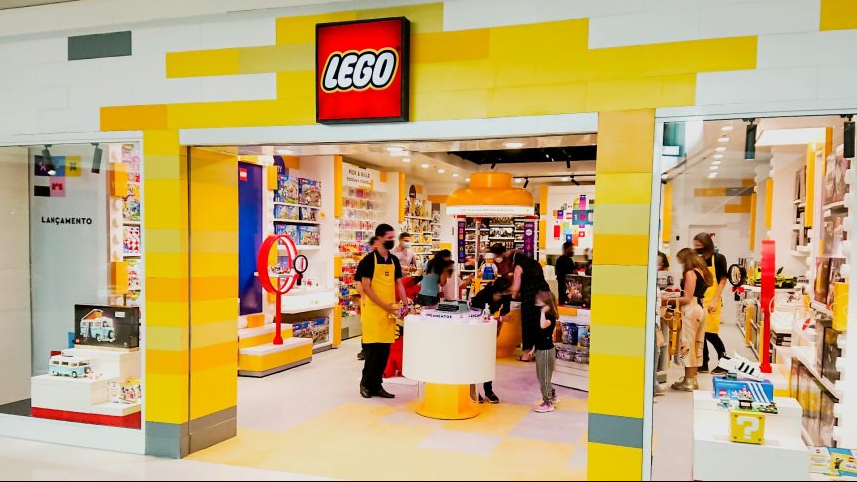
LEGO puts as much effort into its store experience as it does on its product designs. If you ever visit any of its flagship stores, you’ll discover a lot of entertainment elements to make the shopping experience fun and engaging.
For example, LEGO has play activities and personalization studios in its stores. The idea is to generate interest in its products and get more sales.
For adults, the company regularly hosts events, like LEGO Life, at the store. Fans and collectors find it the best place to connect with others and participate in challenges.
The store aesthetics and engagement activities are part of LEGO’s retail marketing strategy. The company boosts its foot traffic and sales through an immersive store experience.
LEGO’s e-commerce retail strategy, on the other hand, focuses on navigation and ease of shopping. Unlike physical visitors, online shoppers prefer time efficiency over entertainment, and LEGO has created its e-commerce site accordingly.
Takeaway
Retail experience plays an important role in lead generation and customer retention. 61% of people switch brands because of poor customer experience.
With a good retail strategy, you can generate higher conversions and get more repeat buyers.
8. Customer Research
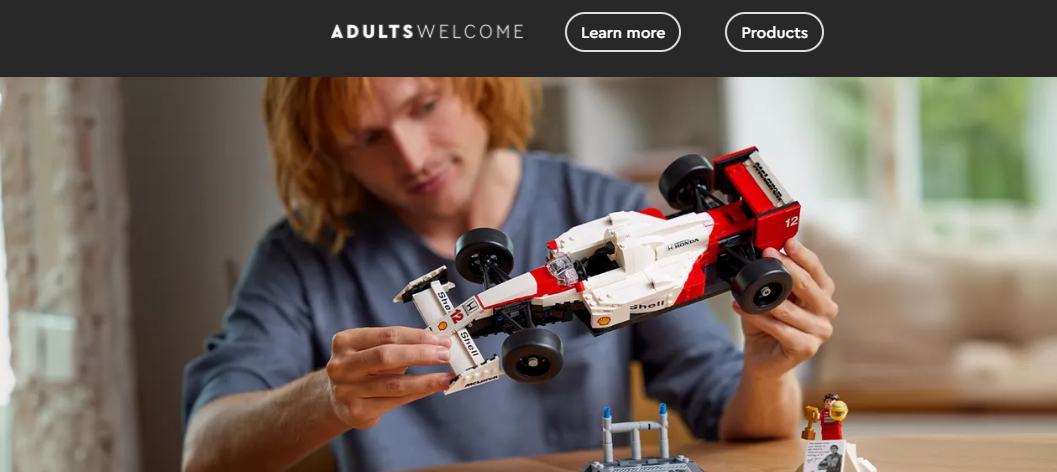
LEGO’s customer surveys have led to many successful product lines and revamping of old ones.
The company might have begun with kids’ toys but has expanded its target market through customer responses and market segmentation.
Take a look at its Mindstorms NXT series.
In the late nineties, LEGO launched a home education product line called Mindstorms to introduce technology in its brick design. The product was aimed at parents and children, offering an improved version of old bricks.
After the product release, LEGO noticed that 70% of interested customers were adult LEGO fans, particularly hackers.
Finding an opportunity, LEGO created a forum for LEGO fans, which resulted in a huge follower base and the release of the NXT series.
LEGO IDEAS is another good example of customer research and feedback measurement.
The company runs a page that allows fans to submit their designs and be part of the new official product sets. Since its launch, around 50 fan designs have been accepted and included in LEGO’s official product line.
Takeaway
Customer surveys help you understand your target market. With this data, you can tailor your products and services and receive a better response.
9. Collaboration

LEGO relies heavily on partnerships and collaboration for exposure and brand management.
Through PR campaigns, cross-promotions, and various initiatives, it maintains a positive brand image and achieves multiple goals.
The most notable feature of LEGO’s collaboration strategies is its versatility. Its partnership portfolio is extensive and diverse, targeting different groups.
Plenty of examples are available for study.
LEGO has partnered with multiple gaming companies, including EPIC, to gain entry into the video game industry.
It has teamed up with well-known brands like Adidas to launch new product lines.
Its foundation collaborates with various global organizations to support child learning and development.
All of its movies released in the last ten years were the result of its partnership with Warner Bros, Universal, and Disney.
LEGO has even tapped into the music industry, creating a new music genre called R&B—rhythm and bricks.
Each partnership offers new business opportunities and generates a lot of publicity for the company.
Takeaway
Brand collaboration provides several benefits to both parties. You can attract new customers, gain visibility, and build your credibility.
Around 54% of companies have seen a 20% increase in revenue through co-partnership campaigns.
Conclusion
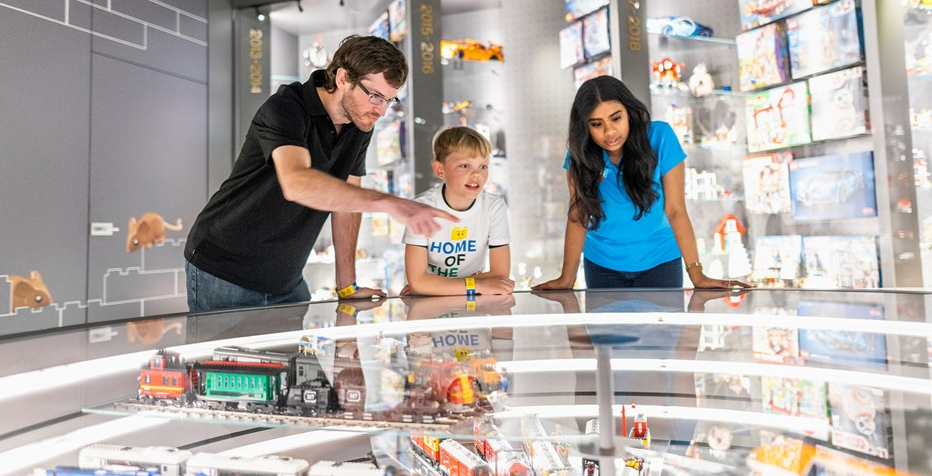
LEGO is almost 91 years old.
In all the years, it went through growth, decline, and near bankruptcy, but ultimately, it reached the top with good promotion and customer-centric strategies.
What makes LEGO successful is its purpose-built marketing strategies. It used a community-based marketing model to carve a place in the global market and gain a substantial customer base.
The company’s main motto is “Only the best is good enough”, and it has worked hard to meet its own benchmark.
Today, LEGO sells over 200 million sets annually.
I hope the article has offered valuable insights into LEGO’s marketing and promotion strategies.
Apply those methods to your marketing model and test it to see results. Good luck!
